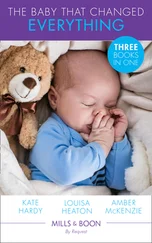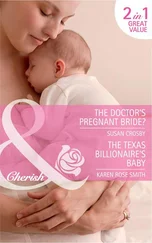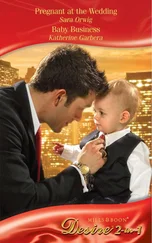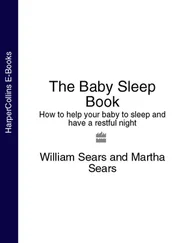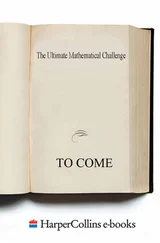The world of infants and toddlers did not look like this even fifteen years ago. Babies and toddlers were generally used by the media only as stars in daytime television commercials. (Enter the wobbly tot, lurching around the house as a frazzled mother follows with a roll of paper towels and a happy, defeated smile for her irresistible little monster.) Mothers were the target consumers. Very young children were simply considered too young to grasp basic advertising pitches; moreover, the industry generally viewed pushing products on little children as unethical. But much has changed in a very short time. Until very recently, for example, “preschooler” referred to four- and five-year-olds; those younger than three were considered babies or toddlers. Today the “zero-to-three” market has become the first segment in “cradle-to-grave” marketing, representing more than $20 billion a year. Selling to this age group is a rapidly growing industry manned by a battalion of specialized and sophisticated advertising firms; child psychology researchers, often funded by companies interested in building a consumer base of very young children; and cross-marketing campaigns that deliberately intertwine educational messages with subtle commercial ploys. As the zero-to-three market has grown, so has a popular culture revolving around babies and toddlers. It includes formal classes and school (gymnastics, music, art, academics), the use of machines previously reserved for adults and older kids (computers, VCRs, TV, DVRs, cell phones, digital cameras), and rigorous schedules to ensure that every moment offers an opportunity to “learn.”
The emergence of the zero-to-three market has, both directly and indirectly, compelled the toy, food, and apparel industries, as well as every major media conglomerate, to reconfigure their long-term marketing strategies. Brand recognition starts much earlier than one might think. Marketing studies show that children can discern brands as early as eighteen months; by twenty-four months they ask for products by brand name. In fact, a study conducted in 2000 found that brands wield as much influence on two-year-olds as they used to on children of five and up. Nearly two-thirds of the mothers interviewed for the study reported that their children asked for specific brands before the age of three, while one-third said their kids were aware of brands at age two or earlier. Brands that kids knew best included Cheerios, Disney, McDonald’s, Pop-Tarts, Coke, and Barbie.
The phenomenon of cradle-to-grave marketing can, in some ways, be seen as the ultimate, inevitable step in the phenomenon that kids’ marketers have long referred to as KGOY: Kids Getting Older Younger. Since the 1980s, marketers have been refining ways of mining the ’tween market: children between the ages of six and eleven. This age group has always been brand-conscious, but as one longtime marketer put it, “It’s dribbled down” to even younger children. But how has this happened, and why?
NO SPECIAL TALENTS
In the late 1990s, a New York Times Magazine feature article titled “Test-Tube Moms” marveled at what had become “a neurotic national pastime”: “raising a scientifically correct child.” If any one event triggered this neurosis, it was the Clintons’ 1997 White House Conference on Early Childhood Development and Learning, later famously referred to as the “brain conference.” With the goal of impressing on both Congress and the public the importance of funding early-child-care programs, the conference called on neurobiologists and experts in the field of early childhood development to explain how the brain grows during the first three years of life. Presenters emphasized that the brain develops more rapidly, and makes more significant connections, in these years than it ever will again. A massive public relations campaign bolstered by celebrities, most notably Rob Reiner, echoed the importance of the years from zero to three, and the campaign was publicized by all the major press outlets.
Within a month of the conference, the Baby Einstein Company was founded by Julie Aigner-Clark, a stay-at-home mother of a toddler. Aigner-Clark launched an educational video series for babies with $18,000 of her own savings, seed money for a business that she, having paid attention to timing and cultural trends, had good reason to believe would take off. Aigner-Clark saw that Baby Boomers were having their first children later and were applying the well-known yuppie drive to baby-rearing. Products that promised to stimulate early literacy — such as giant earphones designed to straddle pregnant bellies — had been hot for a few years. Generation-X women were now starting to have babies, too, and were bringing some of their technology know-how to lap time, spawning a new category of software for babies called lapware. Also, they had grown up watching Sesame Street and were comfortable using television as a babysitter. The Mozart Effect, though ultimately debunked, was more or less accepted as fact in the popular culture. Of course, Aigner-Clark knew about the brain conference. She also noted that for this generation of new mothers, taking a shower or making a grilled cheese sandwich had become a high-stakes proposition. The new mom felt it was not an option to leave her baby in his cradle while she bathed or prepared a meal; the baby required stimulation, entertainment, or soothing.
Aigner-Clark tapped a real gold vein with the title of her company. Although she would later insist that she “honestly had no idea what a great marketing name it was,” Baby Einstein is widely regarded as one of the most ingenious product names in marketing history. It was inspired, Aigner-Clark says, by a remark attributed to Albert Einstein: “I have no special talents. I am only passionately curious.” Highlighting babies’ natural passionate curiosity, the company’s publicity materials and public statements insist that its products are not genius-makers but are grounded solely in the principle that “every moment of every day in these early years is an opportunity for discovery.” But it is clear that the reason the company name has worked so well is that Einstein is famous for his genius as a scientist, not for his emotional temperament. Similarly, the other historical namesakes in the Baby Einstein pantheon — Babies Mozart, Beethoven, Bach, Van Gogh, Shakespeare, Galileo, da Vinci, and Newton — are creative geniuses. The obvious genius of the company name is the power of its suggestion: parents implicitly understand the insinuation that their babies can be made smarter or more creative by watching these videos.
It is not surprising that Aigner-Clark had a hit on her hands. She could have walked away after a year or so with a profit of well over six figures and the satisfaction of achieving the postfeminist All by making a bundle from a fulfilling, home-based business. But her timing was more than good. In just five years, she sold the Baby Einstein Company to the Walt Disney Company for an estimated $25 million. Aigner-Clark nailed the Zeitgeist completely.
Some people in kids’ marketing suggest that Aigner-Clark played the wholesome milkmaid for effect. She knew she had a cash cow, and she milked it dry. If this is true, her act is almost scandalously good. But she does not seem like a steamroller executive, nor is she unsophisticated — she’s smart and savvy. Moreover, she seems genuinely nice (though she works at home, she frets that she sees even less of her children than if she worked outside because she is compulsively drawn to her office). There is nothing out of the ordinary in this. In fact, her whole comportment seems utterly ordinary — which, in a sense, makes it still stranger. One has the impression, in talking with her, that she feels like Luke Skywalker after the fluky, fateful pull of the trigger that detonated the Death Star’s central nerve: How did I do it? Did I do it, or was the Force with me? A hint of supernatural awe crept into the title of a speech Aigner-Clark gave at a marketing conference in a recent year: “Can Lightning Strike Twice? The Personal Quest to Find a Sequel to Baby Einstein.” The title was poignant. It suggests that she credits fate for the success of her product rather than herself. She had, without a doubt, deliberately walked out into the field on a rainy day, but she hadn’t known that the weather patterns that afternoon would make it the rainy day. Furthermore, finding a sequel to Baby Einstein misses the point. Its impact has been so profound that it is hard to discern where the product ends and the culture of early childhood in America now begins.
Читать дальше
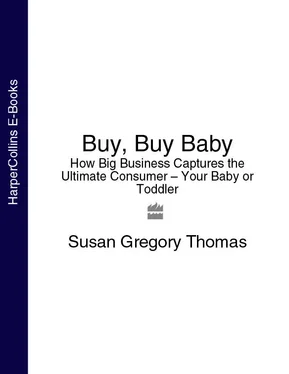

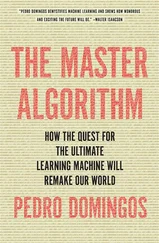
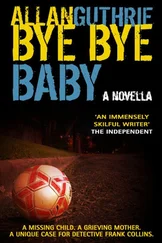
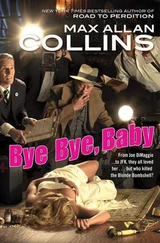
![Theresa Cheung - The Dream Dictionary from A to Z [Revised edition] - The Ultimate A–Z to Interpret the Secrets of Your Dreams](/books/692092/theresa-cheung-the-dream-dictionary-from-a-to-z-r-thumb.webp)
